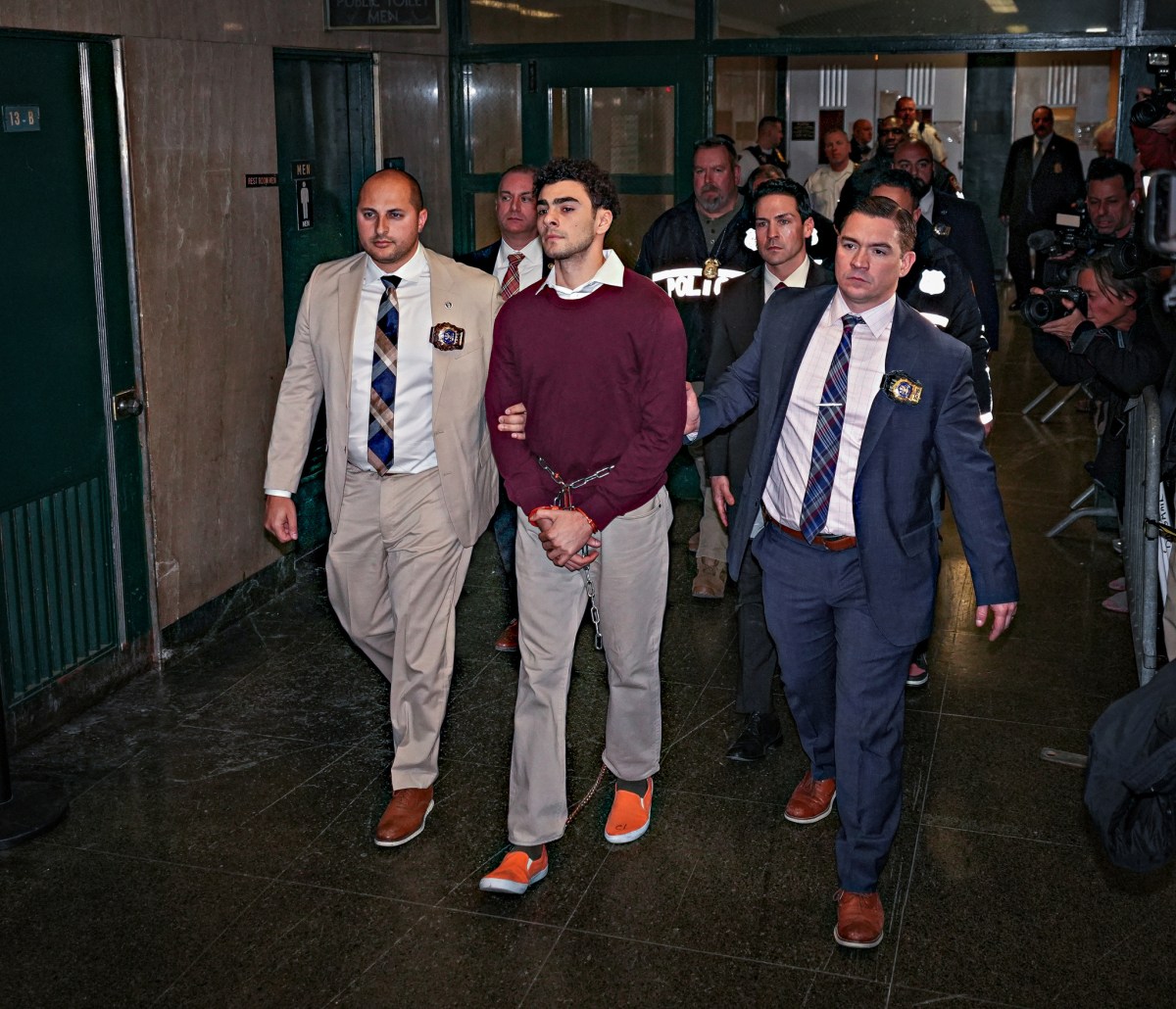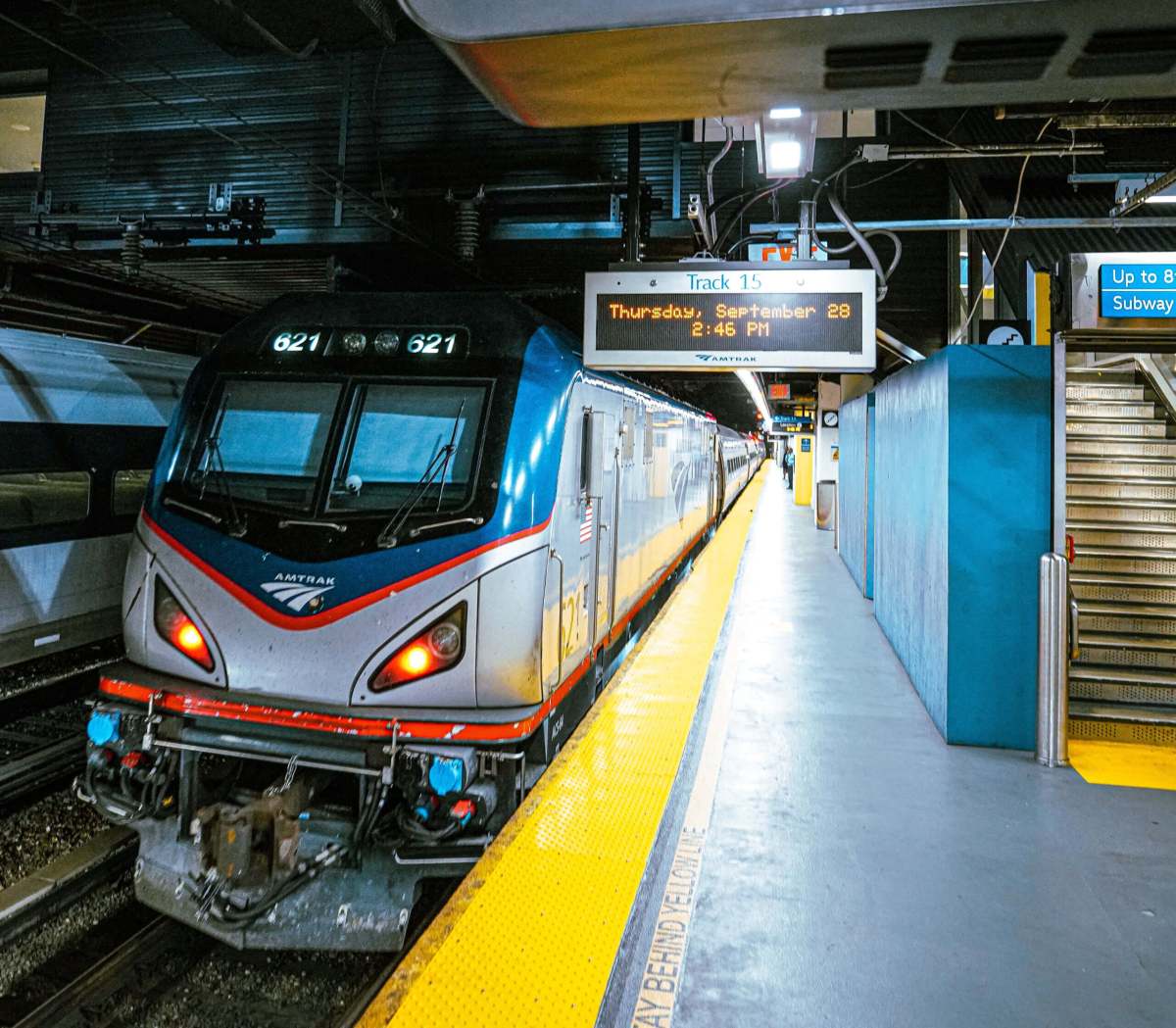 Mayor Bill de Blasio unveiled his blueprint to create and preserve 200,000 affordable housing units that would include all five boroughs through the next decade.
Mayor Bill de Blasio unveiled his blueprint to create and preserve 200,000 affordable housing units that would include all five boroughs through the next decade.
Credit: Ed Reed/NYC Mayor’s Office
Mayor Bill de Blasio released the details behind his long awaited plan to build and preserve 200,000 units of affordable housing over the next 10 years — all at a cost of some $41.1 billion.
New York City would invest at least $8.2 billion over the next decade, and would seek federal and state aid as well as investments from the private sector to cover the total cost.
The de Blasio’s administration strategy was outlined in a new report titled “Housing New York: A Five Borough, Ten-Year Plan,” which promises to deal with the city’s affordability gap for both working and middle class New Yorkers citywide.
“Yes, it is ambitious,” de Blasio said. “We’re proud that it’s ambitious. Yes, it will take everything we’ve got, but that’s what’s needed to address an affordability crisis that we’ve never seen the likes of before.”
As already expected, the plan is as concerned with saving existing affordable housing stock as it its with building new developments. Sixty percent of the plan calls for preservation, while 40 percent of affordable housing is expiated to come from new construction.
While the bulk of the households served by the plan are low-income or below, De Blasio also committed to addressing the crunch on moderate- and middle-income residents by creating and saving at least 20,000 units.
“There will be a heavy emphasis on creating more units for middle-income New Yorkers who are also struggling to make ends meet,” de Blasio said.
Following on a campaign promise, de Blasio also seeks to use mandatory inclusionary zoning, whereby any new zoning requests that might increase housing capacity will require that developers set aside a percentage for affordable units.
The city also hopes to develop small, vacant lots scattered around the city into housing.
Homelessness isn’t ignored by the plan, as it calls for more lower-cost permanent housing options as well as on the Housing Authority setting aside more units for families leaving the city’s shelters.
The plan also calls for the city to protect rent-regulated tenants from landlord harassment and neglect, while compensating for the fast-dropping number of regulated tenants.
“This plan seeks to create not just more housing … and not just to preserve the building that we have,” de Blasio said, “but to really transform it for a 21st century New York, which is going to be bigger, it’s going to be better. And it’s going to have a housing market that’s going to make room for everyone.”
Follow Chester Jesus Soria on Twitter@chestersoria























